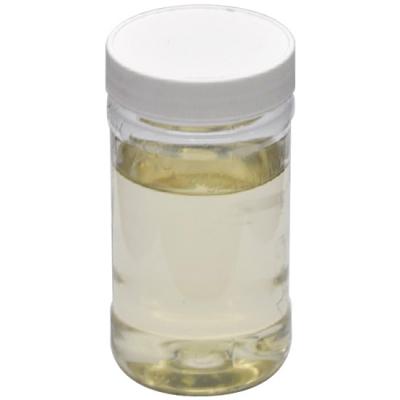In the world of outdoor textiles, the battle against the elements is a constant challenge. From heavy rain showers to unexpected spills, maintaining water repellency is crucial for ensuring the longevity and performance of outdoor fabrics. Enter wetting agents chemicals – the unsung heroes behind the scenes. In this blog post, we will delve into the fascinating realm of water repellency and explore how wetting agents chemicals contribute to the resilience of outdoor textiles.
Understanding Wetting Agents
Wetting agents, also known as surfactants, are chemical compounds designed to alter the surface tension of liquids. In the context of outdoor textiles, these agents play a pivotal role in creating a water-repellent barrier. Their unique properties allow them to reduce the tendency of water to spread across the fabric surface, keeping moisture at bay.
The Science Behind Water Repellency
To comprehend the effectiveness of wetting agents, it's essential to understand the science at play. Outdoor textiles are often treated with hydrophobic substances that repel water. Wetting agents chemicals enhance this hydrophobicity by ensuring even coverage and adherence of these repellent substances to the fabric fibers. This intricate process forms an invisible shield against water, preventing it from seeping into the fabric.
Benefits of Water Repellency in Outdoor Textiles
Extended Lifespan
The primary advantage of water repellency is an increased lifespan for outdoor textiles. By preventing water absorption, wetting agents chemicals help mitigate damage caused by moisture, such as mold growth, fabric deterioration, and color fading.
Comfort and Performance
Outdoor enthusiasts can attest to the discomfort of wearing waterlogged clothing. Wetting agents chemicals enhance the comfort of outdoor textiles by keeping them dry even in wet conditions. This is particularly important for activities like hiking, camping, and sports.
Stain Resistance
In addition to repelling water, wetting agents chemicals contribute to stain resistance. Their ability to minimize liquid absorption reduces the likelihood of stubborn stains, making outdoor textiles easier to clean and maintain.
Versatility
Wetting agents chemicals can be tailored to specific textile applications, allowing for versatility in their use. Whether it's a rain jacket, tent, or outdoor furniture, these chemicals can be customized to meet the unique demands of various outdoor products.
Water repellency is a crucial characteristic for outdoor textiles, and wetting agents chemicals play a pivotal role in achieving and maintaining this quality. As we continue to explore innovative solutions in textile chemistry, the contribution of wetting agents chemicals to the durability, comfort, and performance of outdoor fabrics cannot be overlooked. The next time you gear up for an outdoor adventure, remember that the science of water repellency is working behind the scenes, thanks to these remarkable wetting agents.



 English
English  日本語
日本語  Español
Español  tiếng việt
tiếng việt  Türkçe
Türkçe  ไทย
ไทย  українська
українська  हिंदी
हिंदी  বাঙালি
বাঙালি  اردو
اردو 

